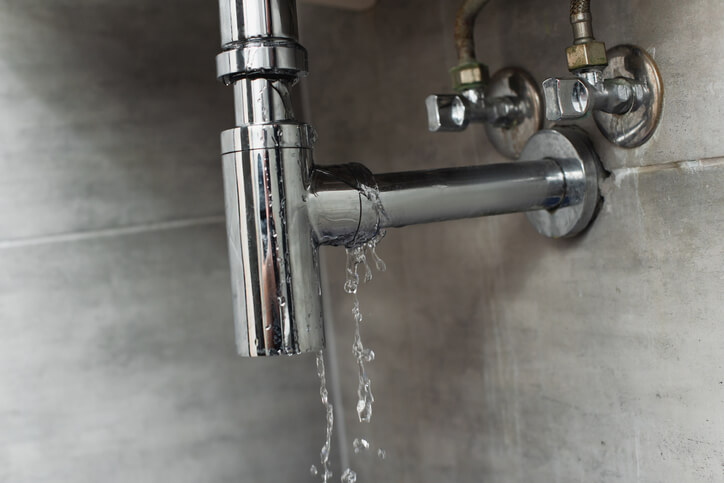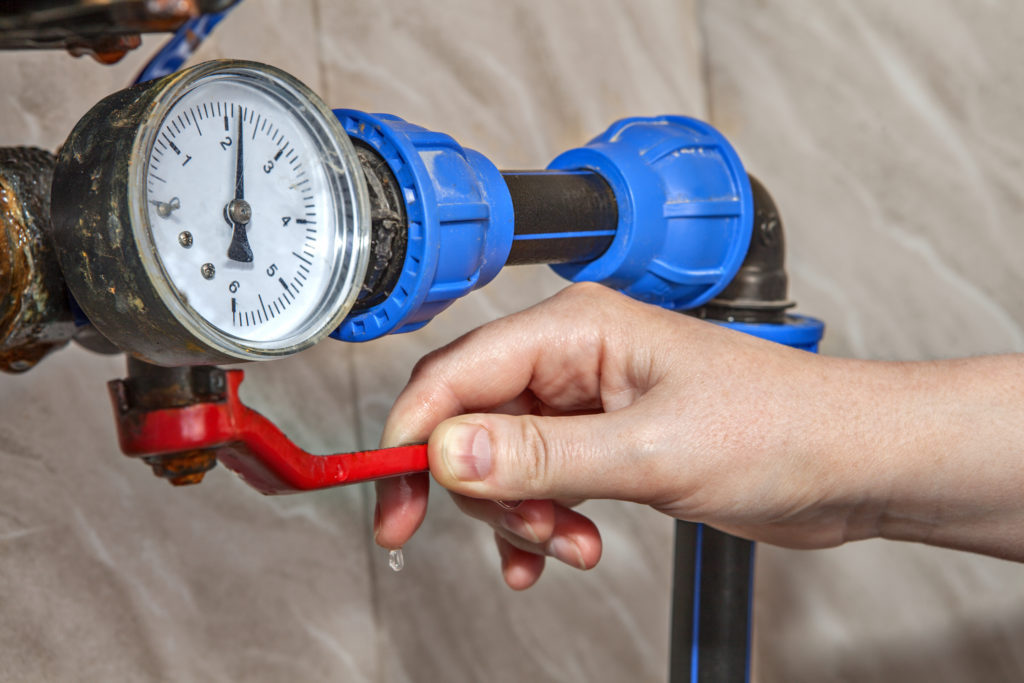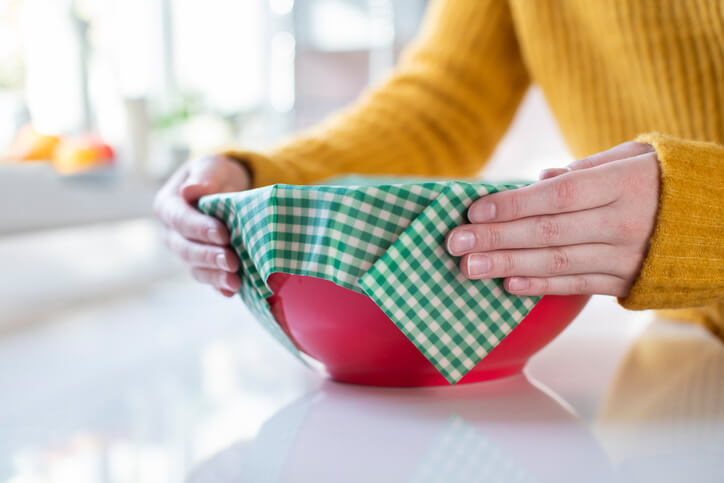Your home may be furnished with cozy furniture and stylish decor, but your comfort truly depends on the reliability of all the inner workings of your home—its structural integrity, a properly working heating and air conditioning system, and reliable plumbing pipes. Most homeowners rarely think about things like the pipes in their homes unless there’s a problem. And, when there is a problem, it’s often a big one.
According to the Insurance Information Institute, water damage and pipes freezing accounted for 19.5% of property damage claims in 2017. Between 2011 and 2017, the average homeowners claim for water damage and frozen pipes totaled almost $10,234.
Take the time to learn about the plumbing pipes in your home, by doing so, you may be able to prevent water damage and understand what to do if a challenge arises. As a homeowner (or renter or condo owner), you can help preserve the comfort of your home by paying attention to your pipes and knowing what to do to keep your pipes from freezing.
Reasons Why Pipes Burst and Crack

Frozen Pipes
Many of the water damage and freezing claims are due to frozen plumbing pipes. When your kitchen sink is turned off, water remains in the pipes, ready for the next time you turn it on. When the weather gets really cold, the water sitting in those pipes begins expanding as it starts to freeze. That expansion causes increased pressure inside the pipe, and, when the pressure becomes too much for the pipe to contain, it can rupture.
Of course, that means when the frozen water inside the pipe begins to thaw, it will start dripping—or pouring out of the crack or hole where the pipe burst. When you turn on a faucet with a burst pipe, you can lose hundreds of gallons of water very quickly—increasing your water bill, flooding your home, or flooding underneath your home’s foundation.
Older Pipes
It’s more common for pipes to burst during cold, winter weather, but pipes can be at risk during other times of the year as well. For instance, severe heat and long periods without rain also can be hard on your pipes. Older pipes are at greater risk in hot, dry weather because the dry earth allows them to shift more underground, which can lead to breakage if the pipes are worn.
In addition, many people use more water in the summer as they water lawns, wash cars, and fill pools. With all the increased usage, older pipes can fail if they have not been properly maintained or are simply too old and need replacement.
Maintain Your Plumbing Pipes
You can help prevent damage to your plumbing pipes by first educating yourself. You should know:
- where your pipes are located — both inside and outside
- how to shut off the water to your home from the main source

Each year, check your pipes closely to look for cracks and leaks. If you see any pipes that have been compromised, have them repaired immediately. Make sure the pipes in your attic or crawl space are protected with insulation.
Emergency Pressure Release Valve
You may want to consider installing an emergency pressure release valve in your plumbing system, which can protect it against the increased pressure caused by freezing pipes and help prevent them from bursting.
Portable Power Generator
Especially if you live in an area that is prone to very cold weather, think about installing a reliable back-up power source such as a portable power generator. If you have a generator on hand during a power outage, you can maintain continuous power, which will both keep you warm and help prevent frozen pipes.
Prevent Pipes from Freezing
If you plan to be away from home and expect freezing temperatures, leave the heat turned on in your home, at a temperature of at least 55 degrees Fahrenheit. Open the cabinet doors under your sinks, and consider wrapping the pipes with towels or pipe insulation. There’s even smart water monitors and leak detectors that can be controlled from anywhere in the world via smartphone app, and also be configured to activate automatically based on environmental triggers.
Do You Need New Pipes
At some point, everything will wear out — including your home’s pipes. If you live in an older home and your pipes haven’t been replaced recently, take time to consider replacement. When you purchased your home, you probably paid for a home inspection. If you can locate the home inspection report, it should note the type of pipes installed in your home. If you don’t have an inspection report, you could also pay a licensed plumber to inspect your home’s plumbing system.
The type of pipes installed in your home will help you determine whether they need to be replaced. For instance, copper pipes will last 50 years or more, brass pipes will last 40 to 70 years, and galvanized steel pipes will last 20 to 50 years, according to a guide from the U.S. Department of Housing and Urban Development (see chapter six).
These guidelines are not hard and fast, and your pipes may last longer if they have been maintained well. However, if you live in an area where the water has a high mineral content, your pipes may need to be replaced more frequently. Consider hiring a licensed plumbing contractor to look for structural damage in your pipes. If damage is found, have all necessary repairs performed as soon as possible.
What to Do When a Pipe Bursts

When a pipe bursts, it’s important to act quickly. Allowing water to sit can lead to mold and additional damage.
- Shut off the water to the affected plumbing fixture or to your entire house to stop the leakage.
- If water is leaking into your home, start collecting it in a bucket or pot to avoid further damage.
- Call a licensed plumber.
- Start working to remove water from your home while you wait for the plumber.
Filing a Water Damage Claim
If a pipe has burst and caused damage to your home, you will need to contact your insurance company to make a claim. Keep in mind that most homeowners and renters insurance policies cover “accidental discharge or overflow of water or steam from within a plumbing, heating, air conditioning, or automatic fire-protective sprinkler system, or from a household appliance,” according to the Insurance Information Institute.
This means that, to be covered under insurance, the water damage from leaky appliances or pipes must be “sudden and accidental,” such as what happens when a pipe bursts because it was frozen. However, if your pipe simply has a slow leak, the damage it causes likely would not be covered, because it would be considered gradual wear and tear. That’s why it is crucial for homeowners to regularly monitor and maintain their pipes to check for signs of potential hazard.








Your advice about preventing freezing pipes when leaving home really helped to read. I’ve heard a lot of horror stories of friends and family coming back to their homes with water spilled all over their kitchen or bathrooms and wondered why this was even happening. After reading your article and finding out that freezing is the leading cause of this, I’ll be sure to be extra careful and follow your advice while having an emergency plumbing number at the ready in case something still goes wrong.
https://mrpsaz.com/
I really like what you said about pipes and what constitutes whether or not you need new pipes. This is something I have been curious about because I had hard water for years and just got a water softener. I wonder how that affected the pipes so it would be interesting to know whether or not I need new pipes.